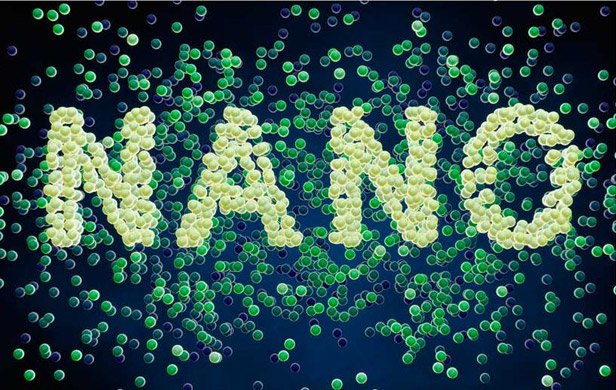
Nanotechnology: The science of the Future
In 2016, three researchers achieved the Nobel for their work on the design of tiny molecular machines. Recently, the World Economic forum also referred nanotechnology as one of the top five leadership priorities of 2017. Imagine a 4000 square feet computer being compressed to a microprocessor having size lesser than 20 nanometres, approximately 100th time the width of your hair. That is the future we are currently living in. Throughout the world, we are experiencing smaller machines, tinier gadgets and more efficient technologies that empower our lives and make it easier and better.
Nanotechnology is a wonderful new technology in which scientists rearrange atoms and molecules of matter to nano specifications. The history of this technology dates back to more than sixty years when it was first proposed by the American Physicist Richard Feynman who delivered a lecture titled ‘There is plenty of Room at the Bottom’. Since then, the idea has inspired generations to pursue research into it. Eric Drexler took the idea forward to where we see it today.
In the past, there have been three major revolutions that have defined our course of history. The agricultural revolution marked the first ever use of machinery, albeit basic, to grow food for survival needs. Later, Industrial revolution resulted in the use of machines made by design. The information revolution brought us close to the use of digital, nanoscale devices, but it was used to process only information, not matter. What is unique about nanotechnology is that it encompasses the earlier three revolutions and combines the benefits of all. It employs artificial, molecular and nanoscale machinery that is used to process matter, real objects, and provides low cost, high value answers to human problems.
Nanotechnology offers amazing prospects to solve the critical problems of scarcity of resources that we face today. Consider the environmental problems that occur due to large scale manufacturing and toxic metal emissions which threaten the global climatic change, nanotechnology can grant us the solution by reducing resource consumption and supply us with infrastructure based on low cost solar energy and carbon neutral technologies. With nanotechnology, you can anticipate treating cancer, overcoming pathogens and virtually reshaping your body free from all pain and diseases. It also opens up the prospect of immortality. Nanotechnology might be the marking point of advancement of human species, much like it was when cognitive revolution separated us from our Neanderthal counterparts, 70,000 years before. It will transform labour, structure of our lives and our existence on Earth itself.
The applications of nanotechnology as a driver to future growth are immense. In the field of medicine, nanoparticles would be able to deliver drugs directly to cells, leading to more effective treatments to diseases. In the field of agriculture, nanomaterials will lead to remarkable difference in the food safety and health benefits that the food delivers. In space, use of more durable and lightweight aircrafts will make long distance space travel more realistic and drastically increase fuel efficiency. Furthermore, nanoparticles are also being developed which will have the capacity to undo the damage to the environment caused by carbon emissions. These nanobots will clean the industrial water pollutants, filter air through a process called ‘mechanical filtration’ and detect and remove chemical and bio-toxic pollutants with higher sensitivity than before. Overall, nanotechnology would lead to better air quality, cleaner air, lightweight cars, performance based products, more energy and more efficient lifestyles.
However, when one puts technology and future together, it offers a wide spectrum of possibilities; possibilities which can advance either ways-good or bad. There arises unanswerable questions and dubious answers, which are left open to the current generations to analyse. What path will such a technology follow? Would it lead us to higher construction or greater destruction? Such question can only be answered by analysing our experience with them in the past. It can be seen that the progress we have today was backed up by the technology of yesteryears, going back to Industrial revolution and then to irons and stones. At every stage, we faced a similar question, but we came out through it on a positive side. With the promises that nanotechnology provides us, we can only hope that it leads us to much better lives.

